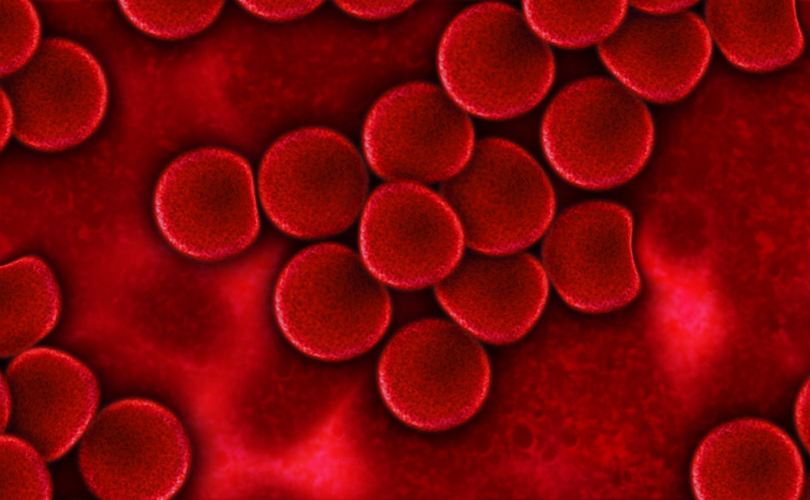Understanding Plaque and Atherosclerosis: Causes, Effects, and Reversal Tips

Atherosclerosis is a condition characterized by the buildup of plaque within the arterial walls, leading to narrowed arteries and reduced blood flow. This process can significantly increase the risk of cardiovascular diseases, including heart attacks and strokes. Understanding how plaque forms and learning strategies to reverse or slow its progression is essential for maintaining heart health.
What is Plaque?
Plaque is a combination of fat, cholesterol, calcium, and other substances found in the blood. Over time, these components accumulate on the artery walls, forming a thick, hard deposit that can restrict blood flow. This buildup is known as atherosclerosis, which can affect any artery in the body, including those in the heart, brain, and limbs.
Causes of Plaque Buildup
- High Cholesterol Levels
Elevated levels of LDL (low-density lipoprotein) cholesterol can contribute to plaque formation. LDL cholesterol is often referred to as “bad” cholesterol because it can lead to the development of arterial plaques. - High Blood Pressure
Hypertension can damage the artery walls, making them more susceptible to plaque buildup. The increased pressure can also speed up the process of atherosclerosis. - Smoking
Tobacco smoke contains harmful chemicals that can damage blood vessels and promote plaque buildup. Smoking reduces the levels of HDL (high-density lipoprotein) cholesterol, which helps remove cholesterol from arteries. - Diabetes
High blood sugar levels can damage blood vessels and promote inflammation, leading to a higher risk of plaque formation. People with diabetes are at an increased risk of developing cardiovascular diseases. - Sedentary Lifestyle
Lack of physical activity contributes to obesity and increases the risk of high blood pressure and diabetes, all of which can contribute to atherosclerosis. - Poor Diet
Diets high in saturated fats, trans fats, refined sugars, and low in fruits and vegetables can promote the development of plaque in the arteries. - Inflammation
Chronic inflammation in the body can also play a role in the development of atherosclerosis. Conditions such as obesity, arthritis, and autoimmune diseases can increase inflammation levels.
Effects of Atherosclerosis
Atherosclerosis can have serious consequences for cardiovascular health:
- Narrowed Arteries
The buildup of plaque can lead to the narrowing of arteries, restricting blood flow to vital organs and tissues. - Heart Attack
If a plaque ruptures, it can create a blood clot that completely blocks the flow of blood to the heart, resulting in a heart attack. - Stroke
Atherosclerosis in the arteries supplying blood to the brain can lead to a stroke if blood flow is interrupted. - Peripheral Artery Disease (PAD)
Narrowed arteries can affect blood flow to the limbs, leading to pain, numbness, and in severe cases, gangrene.
Reversal Tips: Preventing or Slowing Plaque Buildup
While atherosclerosis can be a progressive disease, there are effective strategies for preventing or slowing plaque buildup:
- Healthy Diet
Emphasize a diet rich in fruits, vegetables, whole grains, legumes, nuts, and healthy fats. Foods like leafy greens, berries, and fatty fish can help lower cholesterol levels and reduce inflammation. Limit intake of saturated and trans fats, sugar, and processed foods. - Regular Exercise
Engage in regular physical activity for at least 150 minutes per week. Exercise helps maintain a healthy weight, lowers blood pressure, and improves cholesterol levels. - Maintain a Healthy Weight
Achieving and maintaining a healthy weight can reduce the risk of high blood pressure, diabetes, and elevated cholesterol levels. - Avoid Tobacco
Quitting smoking and avoiding secondhand smoke can significantly reduce the risk of atherosclerosis and improve overall cardiovascular health. - Control Blood Pressure and Diabetes
Regularly monitor blood pressure and blood sugar levels. Work with healthcare providers to manage these conditions effectively. - Stress Management
Chronic stress can contribute to heart disease. Incorporate relaxation techniques such as meditation, deep breathing, and yoga to manage stress effectively. - Regular Health Check-ups
Routine visits to healthcare providers can help monitor cardiovascular health and catch any issues early. - Medications
In some cases, medications such as statins or blood thinners may be necessary to manage cholesterol levels and reduce the risk of plaque formation. Consult a healthcare provider for personalized recommendations.
Conclusion
Understanding the causes and effects of plaque buildup and atherosclerosis is crucial for preventing cardiovascular diseases. By adopting a heart-healthy lifestyle that includes a balanced diet, regular exercise, and avoiding risk factors, individuals can significantly reduce the risk of atherosclerosis and promote overall cardiovascular health.
As highlighted by Dr. Dean Ornish, “You can reverse heart disease without drugs or surgery.” Empowering oneself with knowledge and making informed lifestyle choices can lead to improved health outcomes and a better quality of life.
References
- Ornish, D. (2007). The Spectrum: A Scientifically Proven Program to Feel Better, Live Longer, Lose Weight, and Gain Health. HarperCollins.
- American Heart Association. “Atherosclerosis.” Retrieved from [heart.org].
- Loma Linda University Health. “Nutrition and Cardiovascular Health.” Retrieved from [llu.edu].
- Ross, R. (1999). “Atherosclerosis—an inflammatory disease.” New England Journal of Medicine, 340(2), 115-126.
- Ridker, P. M., et al. (2000). “Inflammation, cholesterol, and coronary disease.” New England Journal of Medicine, 343(20), 1550-1557.


